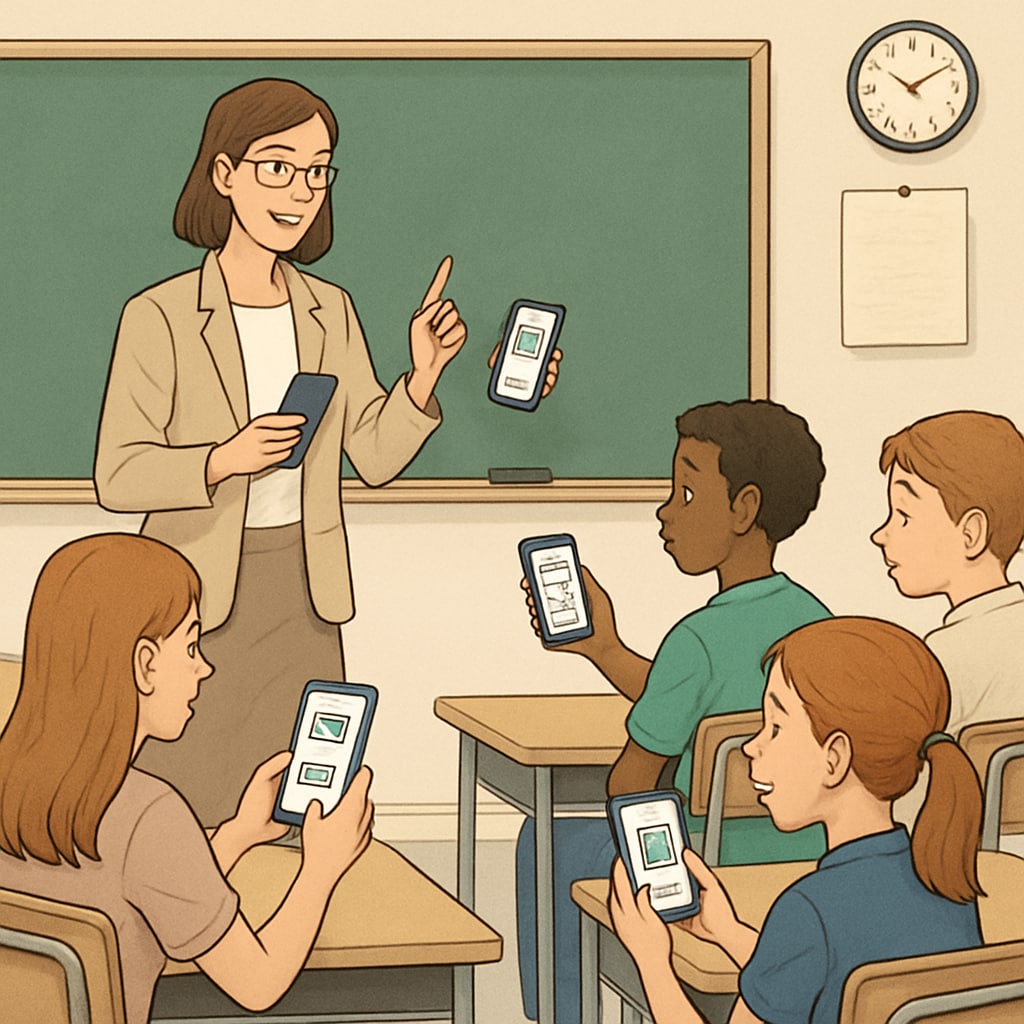State-wide cell phone bans in schools have become a hot topic, with policymakers and educators debating their implications for school safety, educational resources, and student focus. While the intention behind such bans is to reduce distractions and improve classroom engagement, their impact on communication and access to educational tools cannot be overlooked. This article dives into the pros and cons of these bans and explores alternative approaches to managing cell phone usage in schools.
The Pros of State-Wide Cell Phone Bans
One of the primary arguments for banning cell phones in schools is the need to eliminate distractions. Research indicates that mobile devices can significantly reduce students’ ability to concentrate during lessons, thereby affecting academic performance. Additionally, these bans may help cultivate a more focused learning environment, free from the interruptions caused by notifications, social media, and texting.
Another advantage is enhanced classroom management. Teachers often report that enforcing individual classroom policies on cell phone use is challenging, especially when students frequently argue about their need for devices. A state-wide ban offers clear and consistent guidelines, reducing the burden on teachers to impose disciplinary measures.
Finally, proponents argue that such bans contribute to student mental health. By reducing screen time, students are less likely to experience issues related to digital addiction, such as anxiety and sleep disruption. This aligns with growing concerns about the impact of excessive technology use on young minds.

The Cons: Are We Overlooking Key Needs?
While the benefits of cell phone bans are evident, critics point out several drawbacks. One major concern is the restriction on emergency communication. Parents often rely on their children’s phones for urgent updates, and students need a quick way to contact family in case of an emergency. A complete ban could potentially compromise safety in critical situations.
Another issue is the loss of access to valuable educational tools. Many schools lack sufficient technological resources, such as tablets or laptops, and cell phones often fill this gap. Students use phones for research, accessing e-books, and collaborating on projects. Removing this resource without providing alternatives could hinder their learning experience.
Moreover, cell phone bans may not adequately prepare students for the digital age. Instead of teaching responsible usage, such policies completely remove an essential aspect of modern life from the school environment. This raises questions about whether schools are equipping students with the skills they need to navigate technology responsibly outside the classroom.
Alternative Approaches: Finding a Middle Ground
Rather than enforcing a blanket ban, schools could adopt more flexible policies that balance the need for focus with the benefits of technology. Here are some alternative strategies:
- Designated Phone-Free Zones: Schools could establish specific areas where phone use is prohibited, such as classrooms and libraries, while allowing limited use in other spaces like cafeterias or hallways.
- Time-Restricted Usage: Implementing policies that permit cell phone use only during breaks or lunch periods can help reduce distractions while maintaining access for communication and learning purposes.
- Educational Integration: Encouraging teachers to incorporate cell phones into lesson plans can turn them into valuable learning tools rather than distractions. For example, students can use apps for quizzes, research, or collaborative projects.
- Parental Controls: Schools could collaborate with parents to set guidelines on acceptable phone use, ensuring consistency between home and school policies.

Conclusion: Striking the Right Balance
While state-wide cell phone bans aim to address legitimate concerns about distractions and mental health, they may not be the most inclusive or practical solution. Schools must consider the diverse needs of their students, including safety, access to educational resources, and preparation for a tech-driven world. By adopting flexible, well-thought-out policies, schools can foster an environment that prioritizes both focus and innovation.
Ultimately, the goal should be to teach students how to use technology responsibly—a skill that will serve them far beyond the classroom walls. As debates around school safety, educational resources, and student focus continue, finding a balanced approach will be key to achieving the best outcomes for all stakeholders.
Readability guidance: This article uses short paragraphs, bullet points for clarity, and transitions like “however” and “in addition” to maintain flow. It balances the use of active voice and avoids overly complex sentences.


